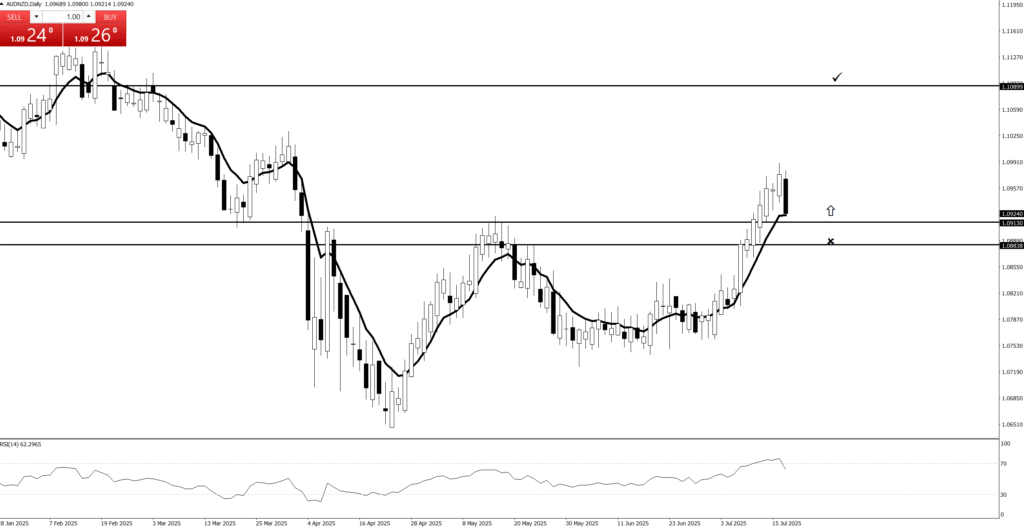20. Filtering The Markets

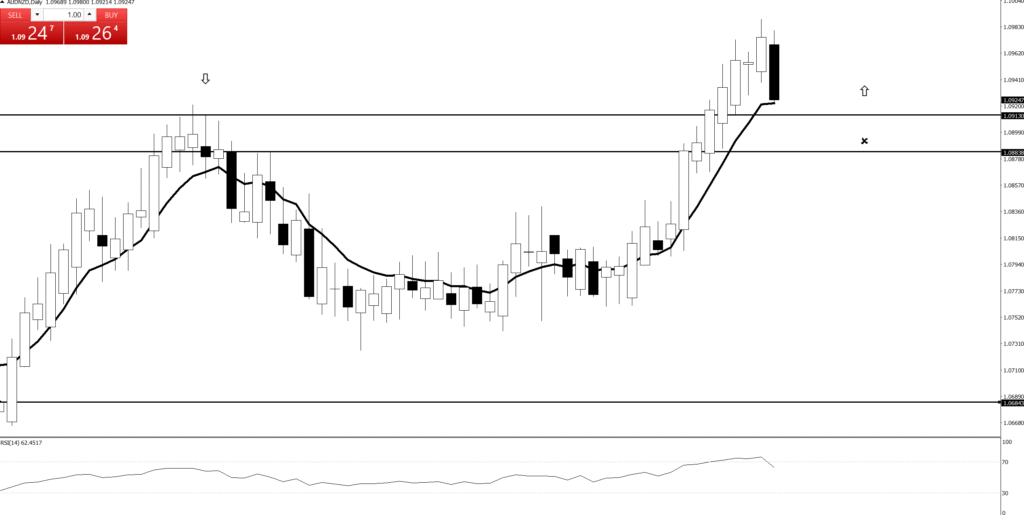
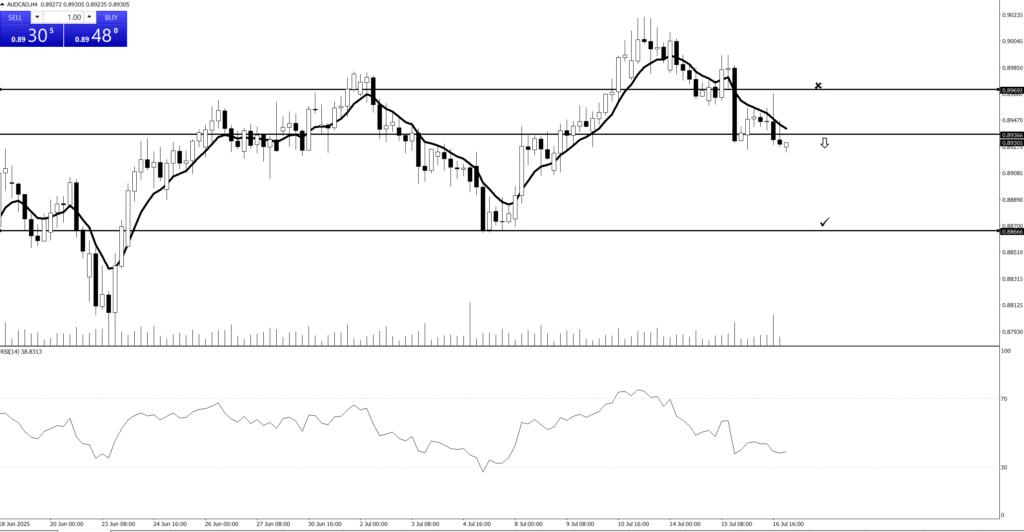
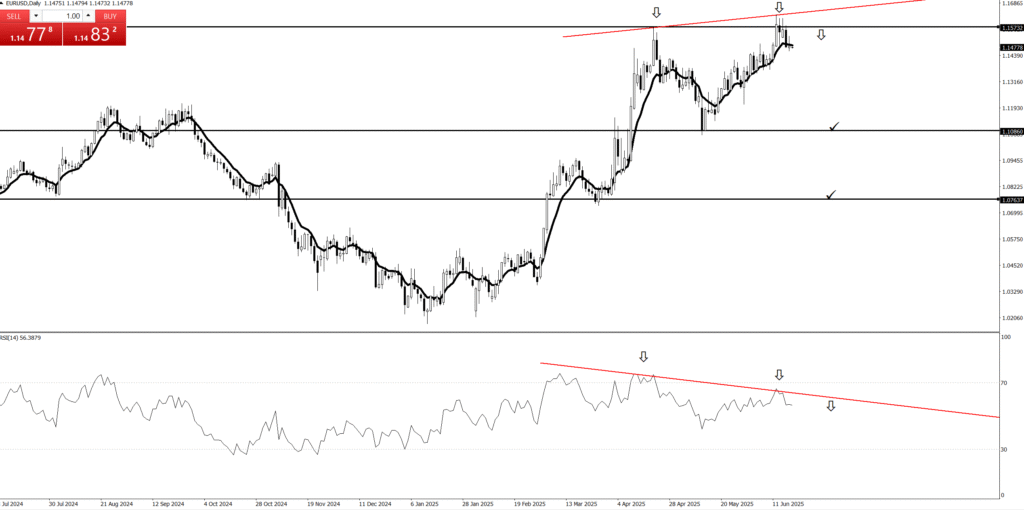
Alright, future trading gurus and chart whisperers! So, you’ve decided you don’t just want to trade, you want to trade the best setups. This is like being a talent scout for market opportunities – you’re looking for the next big star, not just any old extra.
Here’s how you sift through the financial dating pool to find “the one”:
Define Your “Dream Date” (Your Best Setup):
First, get specific. Are you into the strong, silent types (clear uptrends)? The bad boys who always reverse course (reversals)? Or the ones who just bounce around a lot but never commit (range-bound)? You can’t find your soulmate if you don’t know what you’re looking for, right? Decide on your “must-haves”: does it need specific chart patterns (like a double bottom, proving it hit rock bottom and is ready to rebound), or a certain “bling” from indicators (RSI saying “I’m not that overbought yet!”)?
Pick Your Dating Apps (Market Selection):
Don’t try to swipe right on every single stock, forex pair, and crypto coin in the universe. You’ll get carpal tunnel and a headache. Stick to your preferred dating pool: Are you a Wall Street stock-jockey, a forex fiend, or perhaps a crypto connoisseur? Narrow it down to a manageable watchlist, like your top 20 potential matches.
Unleash the “Vetting Committee” (Filtering Tools & Methods):
This is where the magic (and a bit of tech wizardry) happens.
Market Scanners: These are your digital matchmakers. You tell them, “Find me stocks that just broke out of a stubborn resistance level with volume that screams ‘I’m serious!'” and they’ll spit out a list. It’s like having a dating app that only shows you people who just got a promotion and are actually looking for commitment.
Multiple Timeframes: This is checking their social media and their LinkedIn. A great setup on a 15-minute chart might be total noise on a daily. Does their short-term flirtation align with their long-term trend? You want consistency, people!
Relative Strength: Who’s outperforming their peers? This is like finding the person who’s actually thriving while everyone else is still complaining about their ex. They’ve got that “it” factor.
News & Catalysts: Sometimes, a market’s ready for a big move, but it needs a little push. An earnings report or a central bank announcement can be that dramatic “movie moment” that kicks off the action. Think of it as the market’s equivalent of a sudden, romantic gesture.
The “Elimination Round” (The Filtering Process):
The Big Picture First: Don’t get lost in the weeds. Is the entire market in a bull stampede or a bear hibernation? It’s tough to go against the tide, so figure out what kind of “weather” you’re fishing in.
Sector Spotlight: Which industries are shining, and which are trying to hide under a rock? Fish where the fish are biting!
Final Scrutiny: Now, and only now, do you look at individual charts from your filtered list. Does this specific setup tick all your boxes? Is the risk-reward ratio actually attractive, or are you just trying to force a square peg into a round hole?
By following this highly scientific (and totally not random) process, you’ll greatly improve your chances of finding those elusive, high-probability setups. Happy hunting, and may your charts always be in your favor!
💰Quotes:
“Enter the trade — then sit on your hands like a monk!”
“We don’t click and panic. We click and chill.”
“Traders who wait, get paid. Traders who fidget… donate!”
“We enter the trade, then do absolutely nothing like pros.”
“Let the market work. You’re not its boss.”
💰Normal Tone Slogans:
“Enter with a plan, then let the trade play out.”
“The work is in the setup — the result comes with patience.”
“We don’t babysit trades. We trust our edge.”
“Entry is action. Waiting is discipline.”
“After entry, emotion has no place — only patience.”

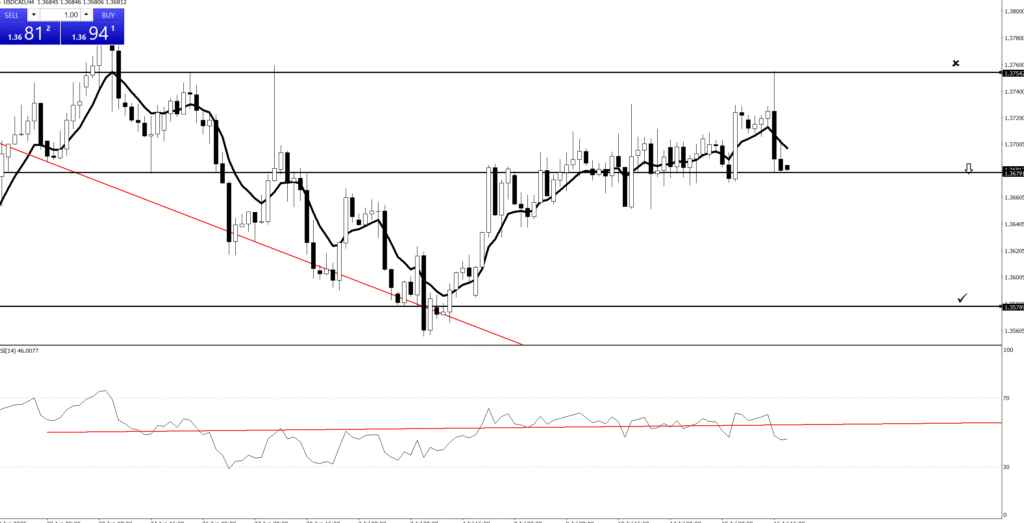
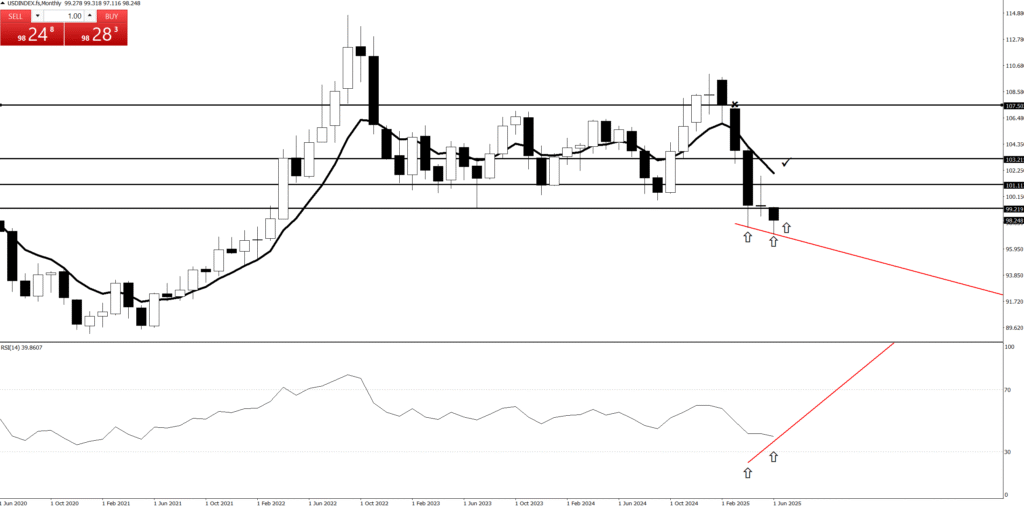
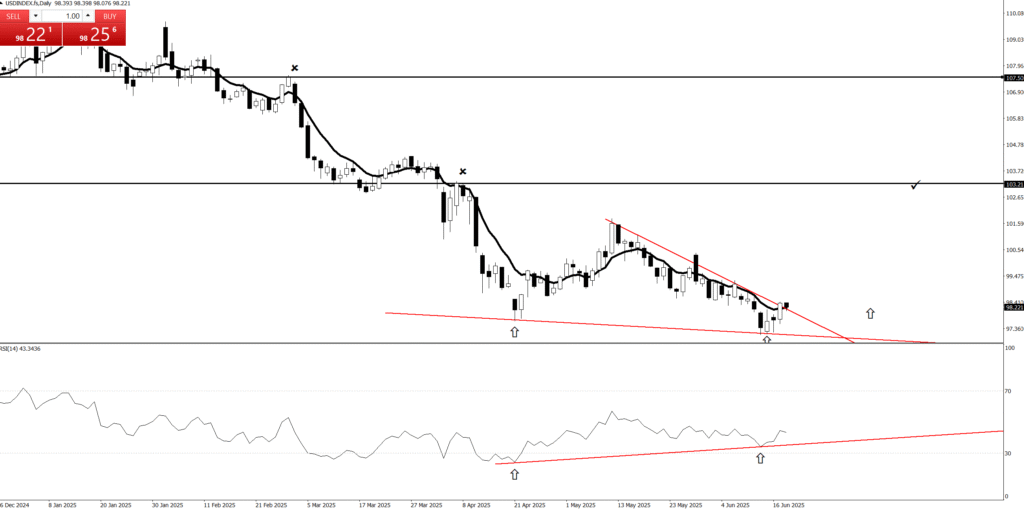

“Filtering The Markets”
Okay, here’s a short intro to key levels, keeping it concise and focused on their core meaning in trading:
In the dynamic world of financial trading, key levels are the unsung heroes of technical analysis. Think of them as crucial lines in the sand on a price chart – specific price points where an asset’s value has historically shown significant reaction. Whether acting as support (a floor preventing further falls) or resistance (a ceiling preventing further rises), these levels are where supply and demand typically battle it out. Understanding them is fundamental, as they offer traders powerful insights into potential price reversals, continuations, and strategic points for entering or exiting trades.
